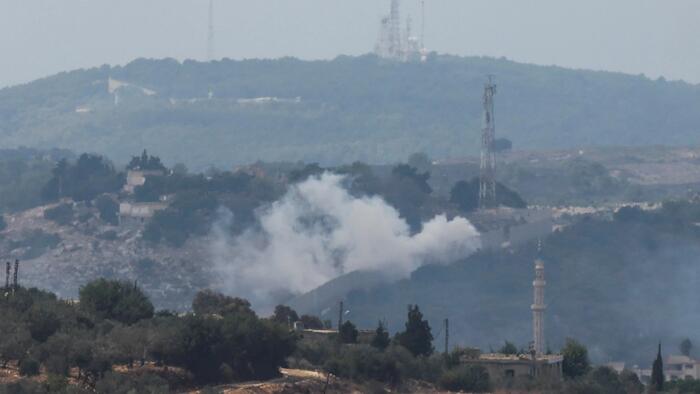Tensions in the region escalated on November 28, 2024, as reports emerged indicating that Israeli military forces conducted artillery and airstrike assaults in southern Lebanon, violating a ceasefire that had only recently begun. According to Lebanese media sources, these attacks targeted multiple areas including Halta, Taybeh, Khiam, and parts of the Marjayoun plains, causing damage to local infrastructure and injuring civilians. The Israeli military claimed that their operations were in response to breaches by Hezbollah, a Lebanese armed group, further exacerbating the volatile situation that has gripped the region. A particularly alarming incident involved Israeli forces firing on Lebanese citizens who attempted to return home in Bint Jbeil and an airstrike on Markaba that left at least two individuals injured.
The fragile ceasefire agreement, which took effect on November 27, was designed to curtail hostilities between Hezbollah and Israel, with the understanding that both sides would adhere strictly to its terms. However, reports indicate that Israeli troops began violating the ceasefire almost immediately, opening fire indiscriminately in multiple towns and even targeting journalists. The Lebanese army was proactive in their response, issuing warnings to displaced residents about venturing back to areas near the Israeli border due to ongoing military activity. While Israeli media speculated that fatalities may have occurred, Lebanese outlets did not corroborate these claims, highlighting the difficulty in obtaining accurate information amid the ongoing conflict.
Hezbollah, maintaining a resolute stance, reaffirmed its commitment to protecting Lebanese sovereignty and dignity in the face of Israeli actions. The group pledged to remain vigilant against perceived threats from Israeli forces, showcasing its readiness to respond militarily if necessary. This rhetoric underscores the persistent volatility in the region, as both sides prepare for potential confrontation despite the superficial framework of a ceasefire. Recognizing the stakes involved, Hezbollah’s leadership emphasized their extraordinary military preparedness to defend against Israeli ambitions, suggesting a cycle of retaliation could ensue should hostilities escalate.
On the Lebanese side, the government responded to the renewed Israeli aggression by deploying military forces across the southern region, aimed at fortifying their presence and ensuring compliance with the ceasefire terms. This deployment was part of a broader strategy dictated by United Nations Resolution 1701, which calls for the dismantling of Hezbollah’s military infrastructure south of the Litani River and the withdrawal of Israeli troops from Lebanon. The resolution also mandates restrictions on the entry of weapons into Lebanon, complicating Hezbollah’s operational capabilities and creating a delicate balance of power in the border region.
In the backdrop of these developments, a truce monitoring mechanism, featuring France and the United Nations Interim Force in Lebanon (UNIFIL), alongside the United States, was established to oversee compliance with the ceasefire agreement. This structure aims to provide a framework for both sides to report violations and seek resolutions to incidents that may arise during the ceasefire period. However, the apparent difficulties in achieving mutual adherence to the ceasefire raise pertinent questions about the effectiveness of international mediation in dynamic conflict zones where national interests and security concerns often clash.
Ultimately, the recent flare-up of violence in southern Lebanon signals a troubling trend in the ongoing Israeli-Hezbollah conflict. With the delicate ceasefire already compromised, the potential for further escalation looms. Both sides have shown a degree of preparedness for continued military engagement, reflecting deep-seated grievances and mistrust. As international actors endeavor to mediate and stabilize the situation, the realities on the ground remain precarious, with the lives of countless civilians hanging in the balance. This ongoing crisis serves as a stark reminder of the complex interplay between military strategy, international diplomacy, and the human cost of conflict in the Middle East.

